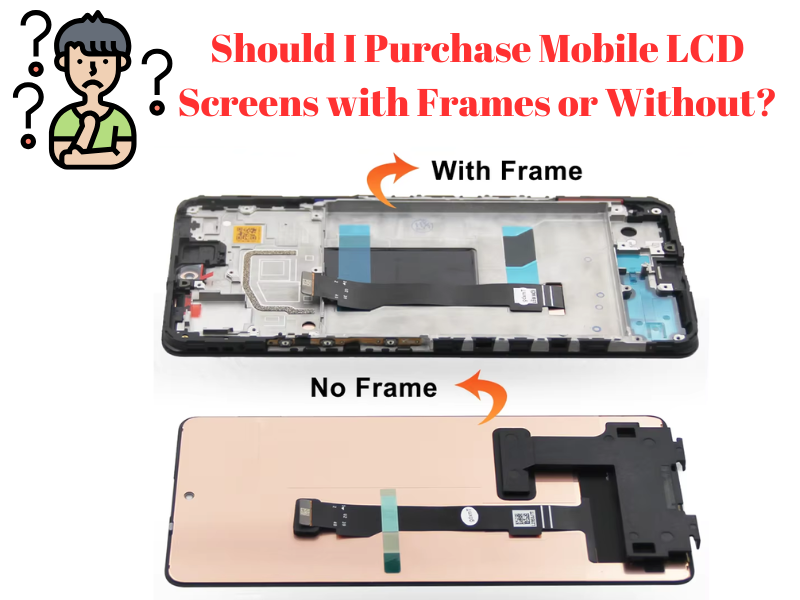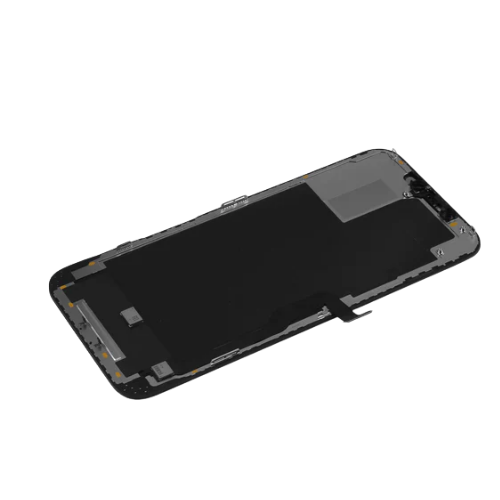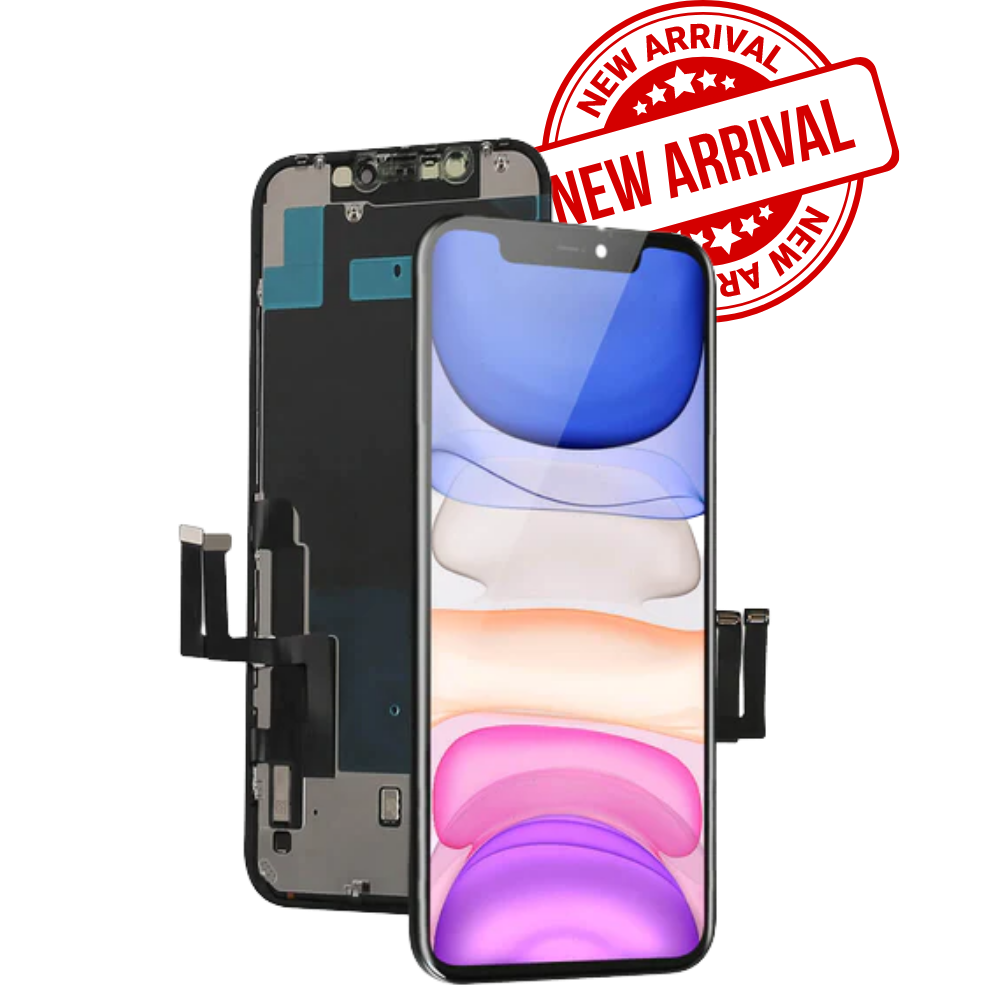Bevezetés
LCD displays are essential components of smartphone repair. Mint technikus, one key decision you’ll face is whether to choose framed or frameless LCD displays. Both options have their pros and cons, depending on your expertise, the customer’s needs, and the specific repair situation. Let’s explore these options in detail.
Understanding LCD Display Options
What is an LCD Display?
An LCD (Folyékony kristály kijelző) is the core screen component in many smartphones. It works with a touchscreen layer to display visuals and register user inputs.

Key Considerations When Choosing LCD Displays
Customer Needs and Preferences
Each repair scenario is unique. Some customers prioritize cost, while others demand quick, hassle-free repairs.
Repair Technician Expertise
Your technical skill level plays a huge role. Beginners often need extra support, while experienced technicians can handle complex tasks.
Advantages of LCD Displays with Frames
Ease of Installation
Framed displays come pre-assembled, making them easier to install. This is especially beneficial for novice repair technicians.
Reduced Risk of Damage
The frame provides structural integrity, reducing the chances of damaging delicate components during installation.
Compatibility with High-Cost Components
High-end OLED screens are expensive. Using a framed option minimizes risks and protects your investment.
Disadvantages of LCD Displays with Frames
Higher Costs
Pre-assembled displays with frames are pricier, which might not suit budget-conscious repairs.
Bulkier Design
Frames can make the screen bulkier, which could affect storage and inventory management.
Advantages of LCD Displays Without Frames
Cost-Effectiveness
Frameless displays are often more affordable, making them a great option for cost-conscious customers.
Versatility in Repairs
For experienced technicians, frameless displays offer flexibility to replace only the damaged parts, reducing overall repair costs.
Disadvantages of LCD Displays Without Frames
Higher Risk of Installation Errors
Frameless displays require precise alignment, which can be challenging for less experienced technicians.
Increased Repair Time
Without the frame, the repair process involves more steps and delicate handling, leading to longer repair times.
When to Choose LCD Displays with Frames
High-End Screen Repairs
For expensive phones with OLED screens, framed displays are a safer choice to avoid accidental damage.
Beginners in Repair Work
If you’re just starting, framed displays are a more forgiving option, reducing the chances of costly errors.
When to Choose LCD Displays Without Frames
Experienced Technicians
Skilled professionals can handle the complexity of frameless displays, saving costs without compromising quality.
Specific Customer Requests
In cases where customers only need a specific component replaced, frameless displays are ideal.
Practical Tips for Repair Technicians
Investing in Quality Tools
Using high-quality tools ensures precision and reduces the risk of damage during repairs.
Understanding Screen Specifications
Always research the specifications of the replacement screen to ensure compatibility with the device.
Következtetés
Choosing between framed and frameless LCD displays depends on a balance of cost, repair complexity, and technician skill level. Understanding these factors will help you make the best decision for each repair scenario.
GYIK
- What is the primary difference between framed and frameless screens?
Framed screens come with a housing structure, while frameless screens only include the display and touch components. - Are framed screens always more expensive?
Igen, due to the additional materials and ease of installation. - Which is better for OLED screens?
Framed screens are recommended to reduce damage risks. - Can frameless screens be used for all repairs?
Only if the technician is experienced and the repair requires minimal alignment. - What should beginners choose for repairs?
Framed screens are a safer and easier option for beginners.





